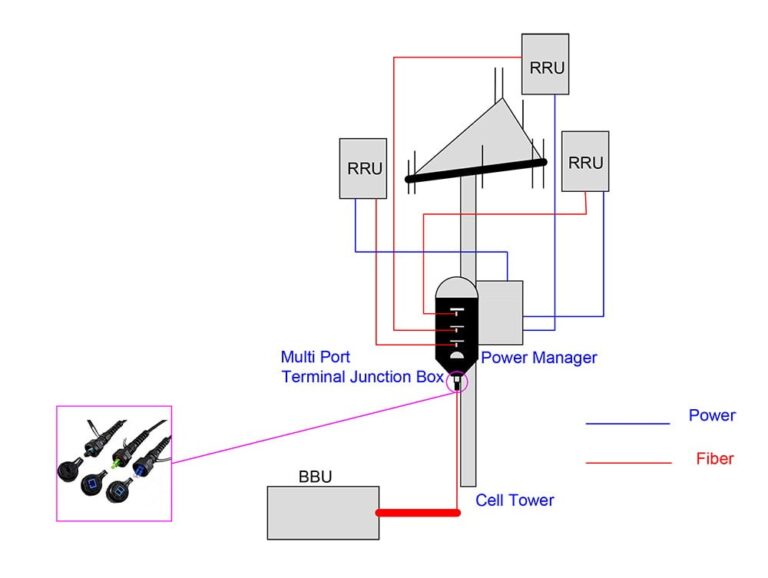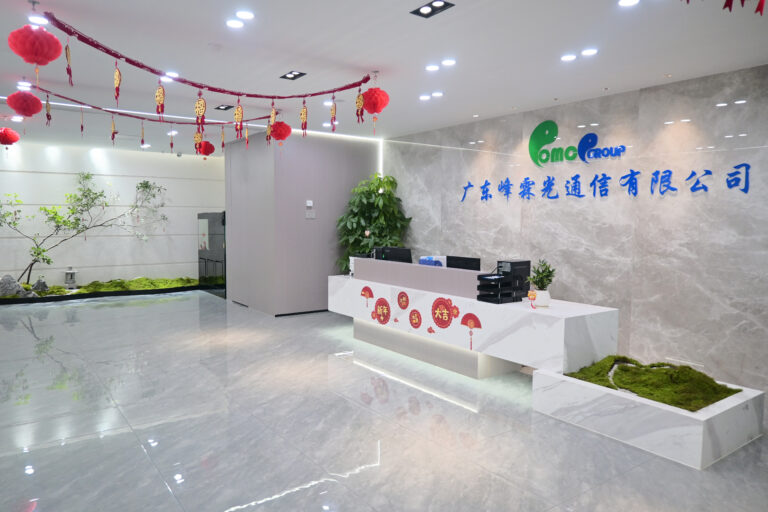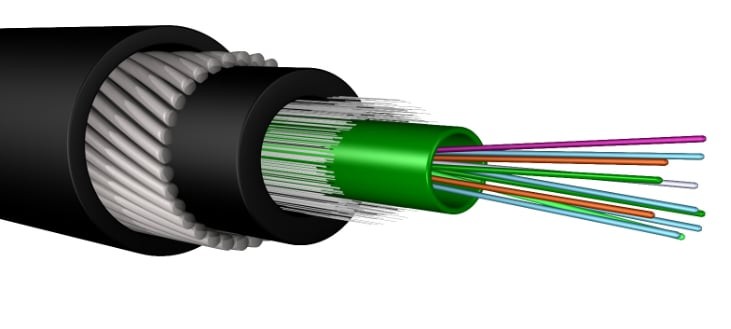In the rapidly evolving world of telecommunications, one technology stands out as the backbone of modern connectivity: FTTH (Fiber to the Home) Fiber Optic. This advanced technology is revolutionizing the way we access the internet, transmit data, and communicate. In this blog, we will delve into the world of FTTH Fiber Optic, exploring its benefits, applications, and why it is the future of high-speed connectivity.

The Essence of FTTH Fiber Optic
FTTH Fiber Optic technology refers to the direct connection of optical fiber from the service provider’s network to a customer’s home or business. Unlike traditional copper wire connections, FTTH Fiber Optic uses thin strands of glass or plastic to transmit light signals, which carry data at incredible speeds. The use of fiber optics has transformed the telecommunications industry, offering unprecedented bandwidth and speed.
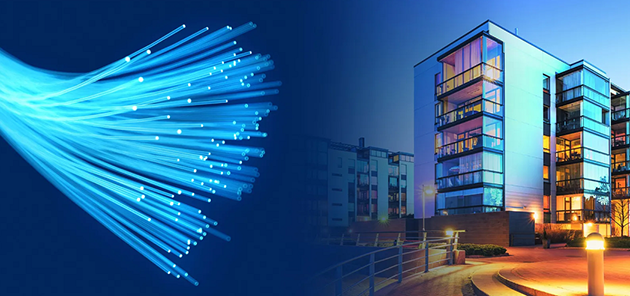
Benefits of FTTH Fiber Optic
- Speed: FTTH Fiber Optic connections offer speeds that far surpass those of traditional broadband. With the ability to transmit data at the speed of light, FTTH Fiber Optic provides lightning-fast internet, essential for high-definition streaming, online gaming, and large file transfers.
- Reliability: Fiber optic cables are less susceptible to interference than copper wires, making FTTH Fiber Optic connections more reliable. They are not affected by electromagnetic interference, which means they can operate without disruption even in extreme weather conditions.
- Capacity: The capacity of FTTH Fiber Optic networks is virtually limitless. As data demands increase, fiber optic networks can be upgraded to handle more traffic without the need for complete replacement, making them a future-proof investment.
- Security: Fiber optic cables are more secure than traditional networks. They do not emit electromagnetic signals that can be intercepted, providing a higher level of security for data transmission.
Applications of FTTH Fiber Optic
FTTH Fiber Optic technology is not just limited to internet connectivity; it has a wide range of applications across various industries:
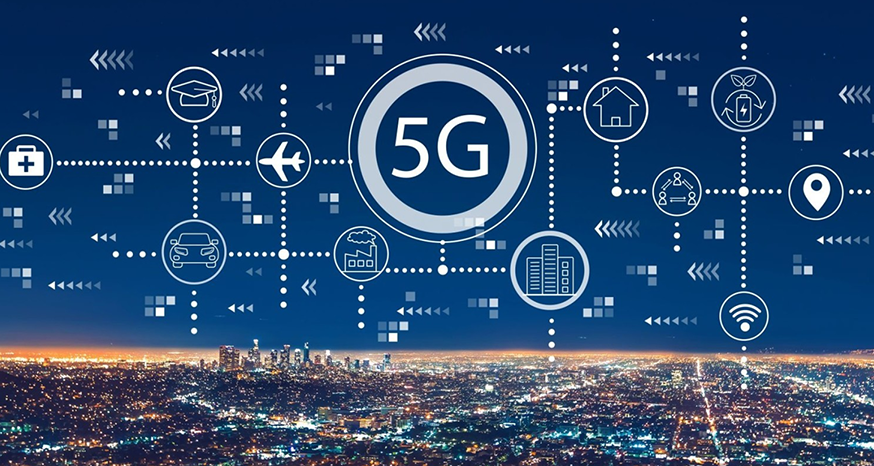
- Telecommunications: As the primary method for high-speed internet access, FTTH Fiber Optic is the foundation of modern telecommunications, enabling seamless communication and data transfer.
- Healthcare: In the healthcare sector, FTTH Fiber Optic can support telemedicine, remote diagnostics, and the transmission of large medical imaging files, improving patient care and accessibility.
- Education: Schools and universities can leverage FTTH Fiber Optic for distance learning, providing students with access to high-quality educational resources regardless of their location.
- Business: Enterprises can benefit from the high-speed, reliable connections offered by FTTH Fiber Optic, enhancing productivity through faster data processing and communication.
The Future of FTTH Fiber Optic
As the world becomes increasingly digital, the demand for faster and more reliable internet connections grows. FTTH Fiber Optic is poised to meet this demand, offering a scalable solution that can adapt to the ever-changing technological landscape. With its ability to support emerging technologies like 5G, the Internet of Things (IoT), and smart cities, FTTH Fiber Optic is not just a step forward but a leap into the future of connectivity.
Conclusion
OMC FTTH fiber optic is a revolutionary technology that is transforming the way we access and use the internet. Its high speed, reliability, and ability to support the growing demands of modern technology make it an indispensable part of our digital infrastructure. As technology continues to advance, FTTH fiber optics will likely continue to evolve and bring even more benefits to our connected lives. Whether it’s for personal use, business operations, or powering the next generation of smart cities, FTTH fiber optic is here to stay and will shape the future of communication.


